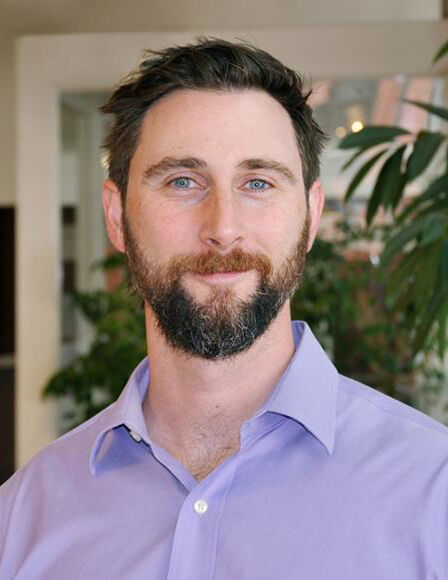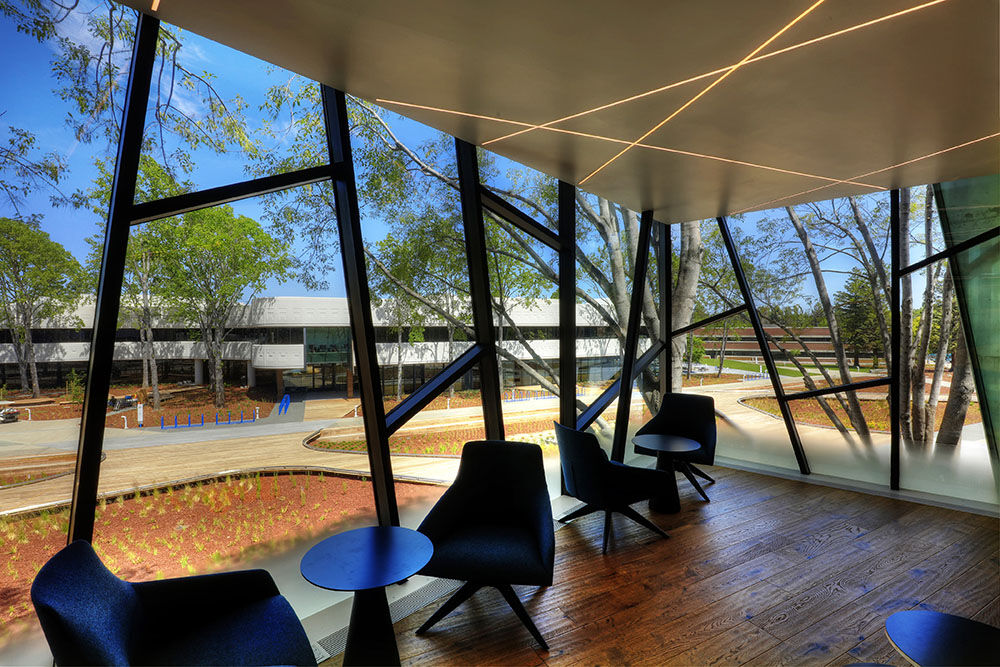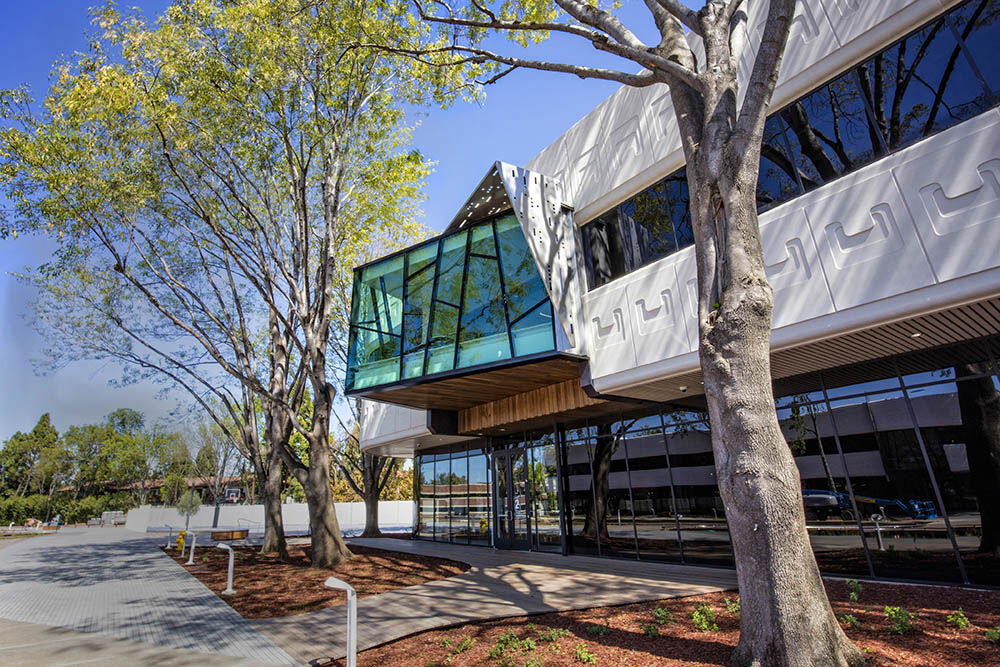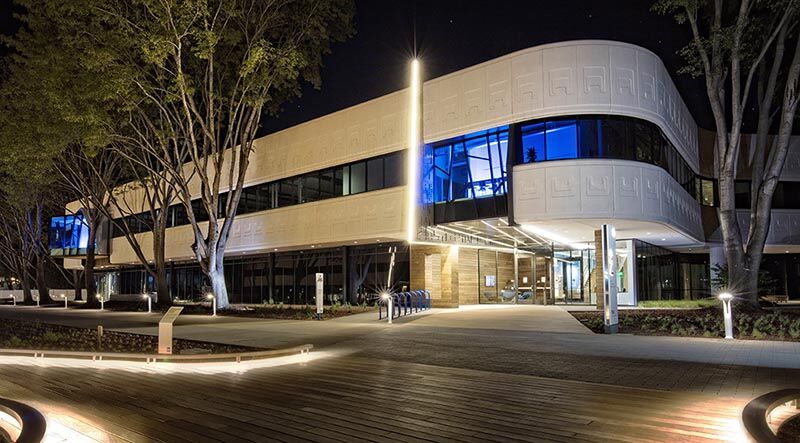
Brendan Post (MArch 2011)

Where are you now and what kind of work/projects are you currently working on?
I work for SERA Architects in Portland, Oregon, and am a licensed architect and designer in the rapidly expanding Workplace Studio. I’ve been very fortunate to have significant roles on some very exciting projects for clients who genuinely care about thoughtful design and the health, wellbeing and experience of their employees. Our Studio specializes in campus transformations - taking existing buildings and office parks and performing holistic upgrades that reintroduce native habitats, break down the lines between exterior and interior experience, and generally create amazing spaces that balance campus connectivity with moments of individual delight. Since 2015, I’ve been working almost exclusively on projects for tech companies in Silicon Valley. So I get to travel a lot and interact with an ever-expanding cast of interesting and eclectic characters. I learn something new every day and ultimately that’s why I got into architecture in the first place.

How did SAIC prepare you for where you are today? What particular classes/projects/approaches to subjects influenced you?
SAIC gave me a broad design education through the lens of architecture and helped me discover a passion for the power of telling stories with design. I get super excited about this stuff. I love researching and developing concepts that start as a single idea, manifest as a simple sketch and eventually get realized right down to the smallest construction detail. SAIC also imbued me with the practical digital and physical tools I needed to succeed right out of the gate.
All of my SAIC studios were valuable as they all required a level of intensity, communication and depth of thought that approached the rigors of professional practice. Getting involved with social groups in different Chicago neighborhoods was very meaningful to me. Particularly my work with the Little Village Environmental Justice Organization, which gave me a deep appreciation of local ecologies and cultural heritage that formed the conceptual framework of my thesis project. In my last two years in the MArch program, I was able to identify alignments within my coursework that made clear the strong connections between research, design and technical understanding.

What career advice do you have for current students, looking at how you see your field evolving, what is critical for the future practitioner?
You must have passion. Everything else will fall into place if you are enthusiastic about the work you’re doing. Particularly if you are on a design track, you must get pumped about ideas (yours or otherwise) and bring everyone else along for the ride.
Embrace collaboration. You will never have all the answers and you will always be learning from others on your team. Focus on teamwork in both your work planning and in your interpersonal communication. Ultimately, architectural practice is about establishing relationships – with your consultants, your contractor, your client and (especially) your coworkers.
Get great at visual and verbal communication. This is an ongoing process for all of us. If you can clearly articulate the ideas in your head to others, you will go far. Hone your skills so you stand out-- whether it’s hand sketching, digital rendering, physical modeling or even virtual reality simulations. Most of my sink-or-swim design opportunities came about because I was the one creating the visuals and able to talk about the ideas behind the design. Hold yourself to a high bar, think proactively and always do more than is expected. Opportunities for design leadership will follow.

With whom did you study at SAIC or who influenced you?
All of my instructors at SAIC had an influence on me. I could write a book about what I learned about free thinking from Hennie Reynders, space planning from Cindy Coleman, building systems from Mike Newman, or community-driven design from Ellen Grimes (and the list could go on and on). However, I probably received my most broad-based education from Anders Nereim, who seemed to blend architectural theory with design and a smattering of psychoanalysis. He always demonstrated an encyclopedic knowledge of architecture and history, but he was also adept at tailoring his teaching style to get the best results out of each student. And, not insignificantly, amid all the design work, he forced us to learn Revit. Quickly. Aside from everything else I learned, it was that prosaic skill that I think landed me my first job in the midst of the Great Recession.
